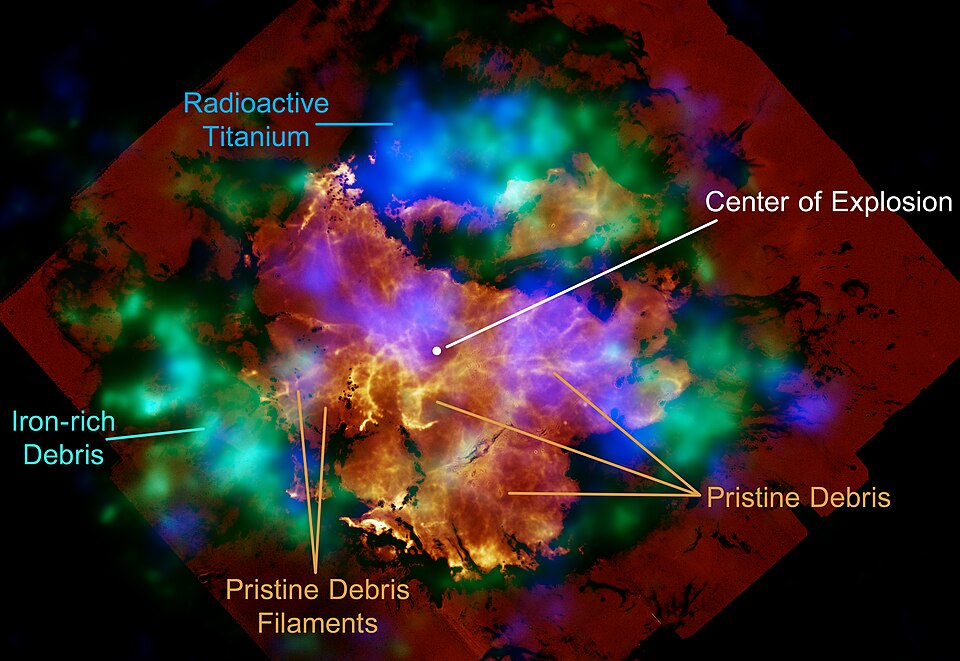Innovative Use of Paper Planes Proposed for Sustainable Space Missions

In a groundbreaking study, researchers from the University of Tokyo have proposed utilizing paper planes as a potential solution to the growing problem of space debris. Published in the journal Acta Astronautica on July 22, 2025, the study outlines how origami technology could mitigate the environmental impact of spacecraft reentering the Earth's atmosphere, which traditionally leaves behind harmful metallic particles and chemicals.
The team, led by Dr. Hiroshi Tanaka, a senior researcher in aerospace engineering, conducted simulations involving a paper plane constructed from a standard A4 sheet. They launched this model from the International Space Station (ISS) to analyze its performance in a low Earth orbit environment. According to Dr. Tanaka, "Using lightweight materials like paper can significantly reduce the toxic remnants typically associated with space missions, thereby promoting a more sustainable approach to space exploration."
The research highlights that during atmospheric reentry, a paper plane would burn up, preventing the release of harmful pollutants. Dr. Tanaka and his colleagues emphasized that while a paper plane cannot replace all spacecraft, it could be effectively utilized in certain missions, particularly as passive probes for measuring atmospheric density.
Historically, space missions have relied heavily on metallic components, which contribute to the growing issue of space debris. According to a 2023 report by the European Space Agency, over 36,500 pieces of debris larger than 10 centimeters are currently orbiting Earth, posing risks to operational satellites and the ISS itself.
To test the viability of their concept, the researchers created a paper plane with an aluminum tail, subjected it to simulations, and subsequently tested its aerodynamic properties in the Kashiwa Hypersonic and High Enthalpy Wind Tunnel. The plane was exposed to speeds of Mach 7 for seven seconds, demonstrating significant resistance against disintegration, although its structure did experience charring at the leading edge.
Despite these promising findings, the researchers acknowledge challenges in deploying paper planes for all types of missions. Dr. Mei Chen, a materials scientist at the Tokyo Institute of Technology, cautioned that while the concept is innovative, the current materials would only allow for short-duration missions due to their sensitivity to aerodynamic drag. She stated, "The paper-based design is promising for specific applications, but we must also consider the limitations in terms of operational lifespan and mission scope."
The implications of this research extend beyond environmental considerations. As space agencies worldwide grapple with the increasing risks associated with orbital debris, innovative solutions like the paper plane may offer cost-effective and sustainable alternatives. This aligns with the goals set forth by the United Nations Office for Outer Space Affairs (UNOOSA), which advocates for sustainable practices in space exploration.
Looking forward, the potential for paper-based designs in space missions could revolutionize how agencies approach spacecraft design and debris management. While further testing is needed to confirm the feasibility of such designs in real-world applications, the study opens the door to a new paradigm in sustainable space exploration. As Dr. Tanaka concluded, "We are only scratching the surface of what materials like paper can achieve in the realm of aerospace engineering. The future may hold more eco-friendly solutions that can protect our environment both on Earth and in space."
Advertisement
Tags
Advertisement





